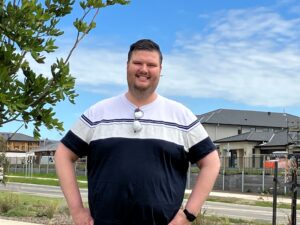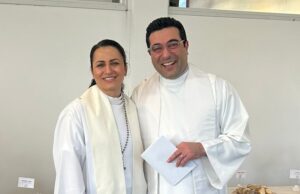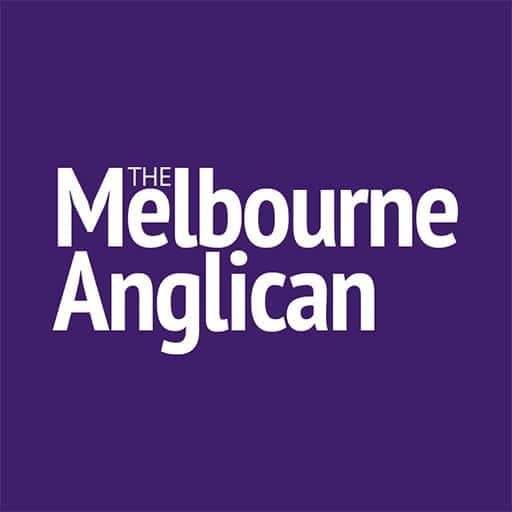
By Stephen Duckett
7 March 2022
Many of the healing stories in the Synoptic Gospels have a common structure which starts with Jesus being moved by compassion. A few of the stories have a common context too: a community brings an afflicted person to Jesus.
Compassion and community are critical in health and aged care and inform what I think should be in the forthcoming federal budget and as election priorities. Compassion should not only be shown by individuals but can be an attribute of communities and leaders too. Election commitments are expressions of a community’s priorities. It is a chance to show how we care for our neighbour.
Read more: Ask what your candidates will do for the vulnerable: Anglicare Victoria
Unfortunately, austerity and budget cutting are squeezing out time for compassion in many of our care settings. Of course, I do not support unlimited, uncapped, unaccountable funding for either health or aged care. But when I need care, I want the staff to have the time to engage with me as an individual, to understand my needs, and have the time to talk, laugh, and cry with me.
The issue of funding models squeezing out time for care is particularly obvious in aged care, but it also arises in acute care. The research evidence is now accumulating that staffing numbers and mix do influence care outcomes – most recently from an evaluation of the introduction of mandatory minimum nursing ratios in hospitals in Queensland. Although hospital staffing is a state responsibility, states rely on the Commonwealth government to part-fund hospital care.
The COVID-19 pandemic has put additional pressure on hospitals. During 2020 and 2021 the Commonwealth upped its guaranteed share from paying 45 per cent of the costs of growth to 50:50. This increased support has ended even though the impact of the pandemic has not.
Read more: Filling the cracks and the payment trap: What BSL wants in May
In particular, the pandemic created a care deficit of deferred care. This includes the measurable and obvious care for people whose elective procedures were deferred (system-deferred care), and the less obvious, but just as real, care deficit for people who didn’t go to a GP to check, for instance, a suspicious lump because of fear of going out. The 50:50 sharing should continue into 2022 to cover the COVID-related care deficit.
Medicare is good, but not perfect. Hundreds of thousands of people still miss out on care they need every year because of cost.
The most obvious gap is for oral health care. Do we want to live in a community where some can afford dental care and others cannot? For some, tooth problem means a wait in pain for at least a year for public dental care and then an extraction. Poor oral health care can cause poor physical health in addition to other issues such as reduced employment options. Fixing the dental gap will not happen overnight, but this election both parties should signal that they recognise the problem and will phase in a universal programme over the next decade. Part funding of a universal dental program might come from a tax on sugar sweetened beverages.
Read more: Australia deserves an aid program that inspires national pride: Outgoing aid head reflects
Another gap that needs to be addressed is access to medical specialists. About 90 per cent of GP visits are bulk-billed but only about 50 per cent of medical specialists visits are. Bulk-billing specialist clinics should be established, especially in low-income areas where bulk-billing rates are low.
I started this commentary with the healing stories of Jesus. The Synoptic Gospels highlight compassion and community. Election commitments signal what both parties think is important over the next three years, and the forthcoming election is a time to think as a community what our priorities should be, to give justice to those in need, and to ensure that compassion shines through in our policy prescriptions.
Stephen Duckett is Director of the Health program at Grattan Institute and a parishioner at St Peter’s Eastern Hill. This article forms part of a broader ‘What I want to see in … May?’ series on the 2022 federal election.








One Response